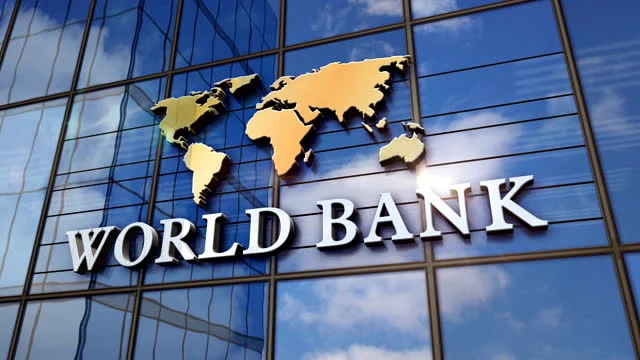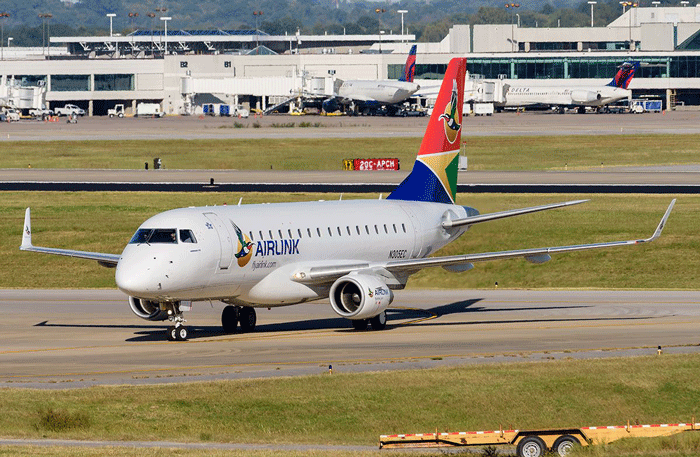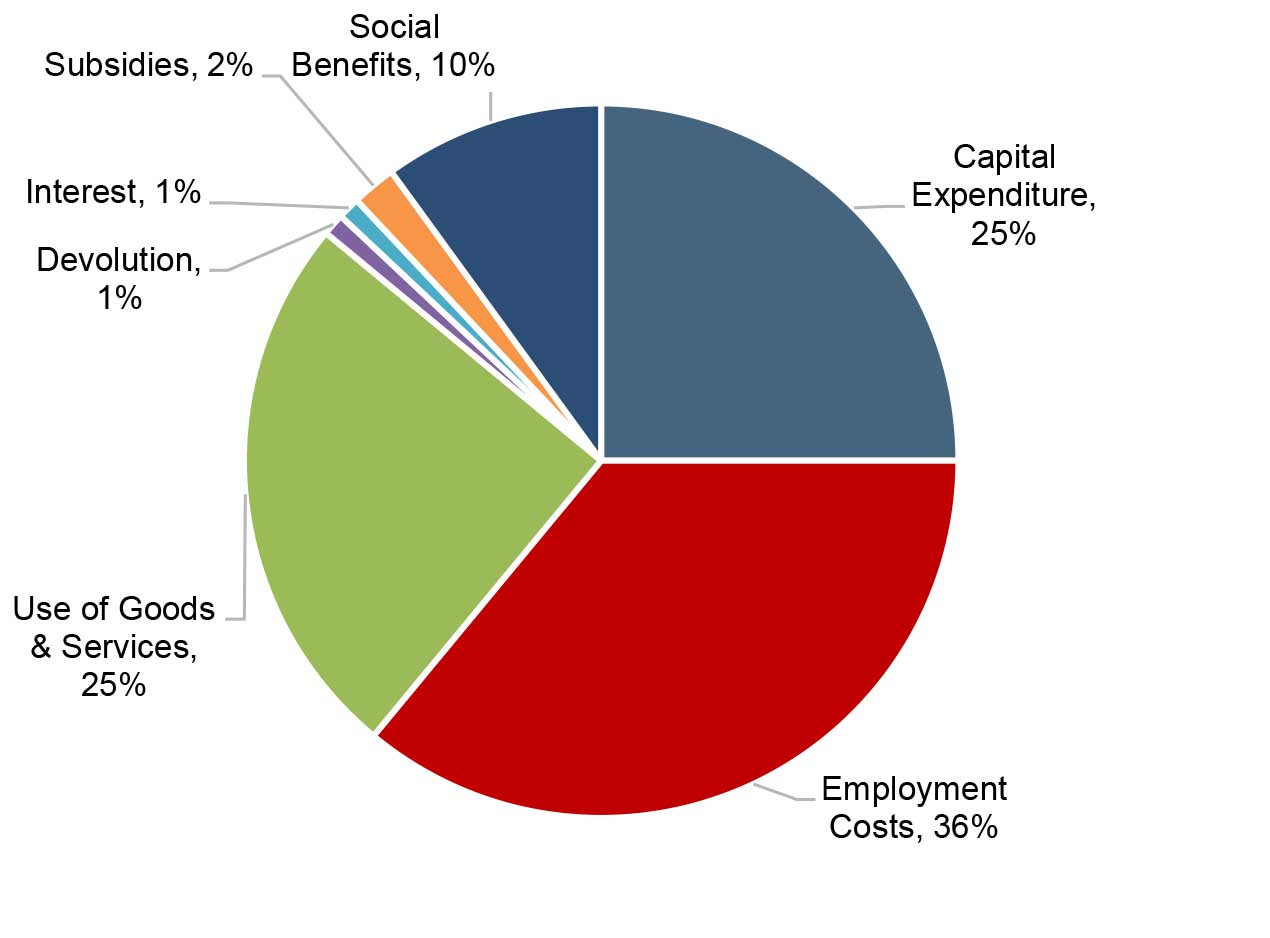
JULIA NDLELA THE World Bank is projecting a slow but robust economic growth for Zimbabwe of 4,3% in 2022, as the negative impacts of Covid-19 ease.
Last year, there was a prediction of 5,1% growth driven by the good 2020/21 rainy season and an agriculture boom.
The World Bank, in an emailed response to the Zimbabwe Independent, said the economy was improving with expected growth rates up until 2023 exceeding regional average rates.
“Our projections show that after the estimated surge of growth in 2021 of 5,1%, the economy is likely to grow at a slower but still robust pace of 4,3% in 2022,” the World Bank said.
“Agricultural production will likely be constrained due to moderate rains. However many sectors affected by Covid-19, such as tourism, trade and transport will begin to see a recovery.”
The global financial institution said inflation was expected to decline coupled with continual implementation of the reform agenda as outlined in the National Development Strategy 1 (NDS1).
“Inflation in Zimbabwe has slowed down significantly since mid-2020 but the large parallel market premium presents a challenge,” the World Bank said.
According to the World Bank Global Economic Prospects in 2022, continued implementation of disinflation policies and fine-tuning of the foreign exchange auction market are expected to keep average annual inflation at two-digit levels in 2022 and 2023.
- Chamisa under fire over US$120K donation
- Mavhunga puts DeMbare into Chibuku quarterfinals
- Pension funds bet on Cabora Bassa oilfields
- Councils defy govt fire tender directive
Keep Reading
“Zimbabwe’s domestic policies need to continue supporting price stability and the optimal use of public resources, especially given large financing needs to prevent deterioration in human capital,” the bank said.
The risks to the outlook are significant and have increased with growing global uncertainties related to the pandemic and global events that determine domestic inflationary pressures.
Positive risks to Zimbabwe’s outlook include reforms to solidify macro-economic stability, build resilience and boost productivity.
According to the report, foreign currency deposits of Zimbabwe represented 44% of broad money in December 2021, going down from almost 60% in the second half of 2020.
This ratio puts Zimbabwe in the group of countries with middle dollarised economies, far below the threshold of highly dollarised economies (of over 70%).
Zimbabwe’s economy has one of the lowest Gross Domestic Product (GDP) per capita in the world.
Years of mismanagement and endemic corruption have destroyed the economy.
In response to human rights abuses, the West sanctioned Zimbabwe.
As a result, the country experienced a decade of contraction and had one of the worst cases of hyperinflation in 2008.
The current sluggish growth is expected to endure as the government fails to address structural obstacles to growth such as limited capital resources and poor infrastructure.











